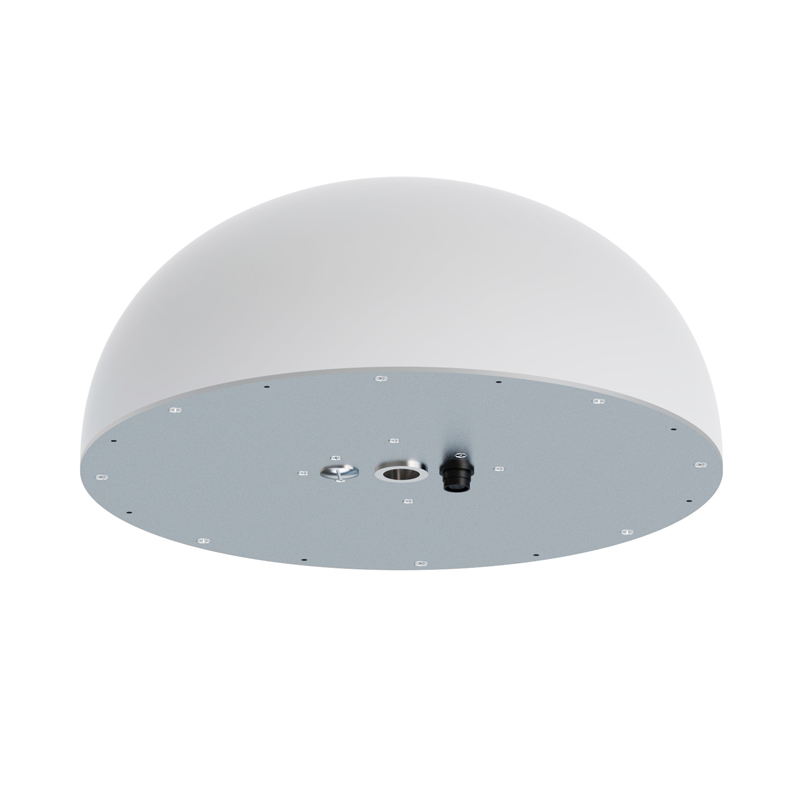Shandong Fengtu IOT Technology Co., Ltd
Sales Manager:Ms. Emily Wang
Cel,Whatsapp,Wechat:+86 15898932201
Email:info@fengtutec.com
Add:No. 155 Optoelectronic Industry Accelerator, Gaoxin District, Weifang, Shandong, China

Sales Manager:Ms. Emily Wang
Cel,Whatsapp,Wechat:+86 15898932201
Email:info@fengtutec.com
Add:No. 155 Optoelectronic Industry Accelerator, Gaoxin District, Weifang, Shandong, China
time:2025-11-25 09:13:32 source:Weather Station viewed:2 time
GNSS sensor is a device used to receive and process global navigation satellite system signals. This device enables precise positioning and is widely used in geological disaster monitoring, building safety assessment, and transportation management, playing a crucial role in fields such as aviation and surveying.
GNSS sensor is an electronic device specifically designed to receive, track, process, and measure global navigation satellite system signals. It can simultaneously receive signals from multiple satellite navigation systems, including the US GPS, China's Beidou, Russia's GLONASS, and the EU's Galileo system. By processing the radio signals transmitted by these satellites, the device can calculate the three-dimensional position, velocity, and time information of its antenna phase center in a specific coordinate system.
In the field of engineering safety monitoring, the application of GNSS sensor is particularly prominent. It is widely used in dam safety monitoring, where multiple monitoring points are deployed at key locations on the dam body with significant elevation differences to continuously obtain millimeter-level precision displacement data. This real-time data, processed by specialized software, generates dam deformation trend charts, providing reliable safety assessment basis for engineering managers. In bridge health monitoring, receivers are installed on key components such as bridge towers and main beams to continuously monitor the dynamic response of the bridge under temperature changes, vehicle loads, and wind forces. This monitoring method effectively identifies abnormal displacements of the bridge structure, providing data support for preventive maintenance.
Geological disaster monitoring is another important application area. In landslide early warning systems, GNSS sensor is deployed on the surface of potential landslide areas and in stable bedrock regions. By comparing the position changes of different monitoring points, the displacement rate and direction of the landslide can be accurately calculated. When the monitoring data exceeds a preset threshold, the system automatically issues a warning signal, providing valuable time for personnel evacuation and disaster prevention. This technology is also applicable to monitoring ground subsidence, mine collapse, and other geological environments.
In addition to the field of engineering safety, GNSS sensor has wide applications in aviation navigation, maritime positioning, military operations, geological exploration, and precision agriculture. In the aviation field, it provides precise navigation services for civil and military aircraft; in the maritime field, it provides real-time positioning and route planning for various vessels; in the agricultural field, by combining GNSS sensor with agricultural machinery, it enables intelligent operations such as automatic navigation and precision fertilization. Modern GNSS technology continues to develop, and the application of advanced technologies such as multi-frequency multi-system, real-time kinematic differential positioning, and precise point positioning has continuously improved its reliability in complex environments. With advancements in chip technology and algorithms, the size, power consumption, and cost of receivers are gradually decreasing, while accuracy and stability are constantly improving, creating favorable conditions for its wider application in more fields.

The combination of a Water Level Monitoring Station equipped with cameras is an important tool in modern water resource management and monitoring. This equipment combination can collect critical hydrological data in real - time, such as water level, flow velocity, flow rate and water quality, while...
Buoy-type automatic water quality monitoring station, is a water quality monitor as the center, the use of sensor technology will be the buoy body, power supply system and data transmission equipment combined and constitute a small water quality monitoring system placed in the water.Buoy intelligent...
FT-WQX2 Ultrasonic Wind Speed Direction Sensor applies the principle of ultrasonic time difference method. By transmitting continuous frequency-modulated ultrasonic signals, it utilizes the characteristic that the propagation speed of ultrasonic waves in the air is affected by wind speed to measure...
In recent years, along with the number of cities, the increasing urban population and scientific and technological progress, the speed of promoting the construction of smart cities is also increasing. And the scope of grid monitoring under the concept of smart city can be said to be very large. It c...